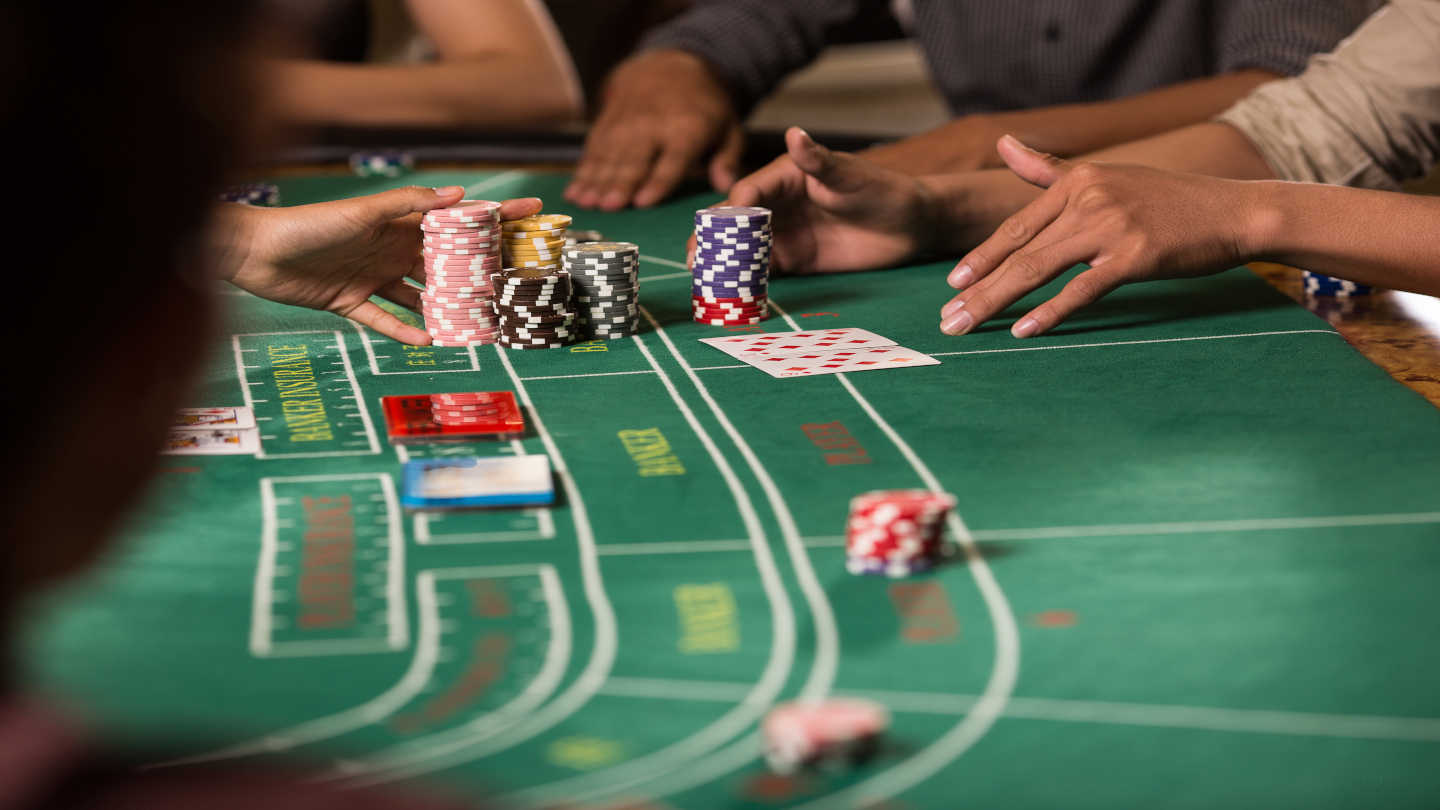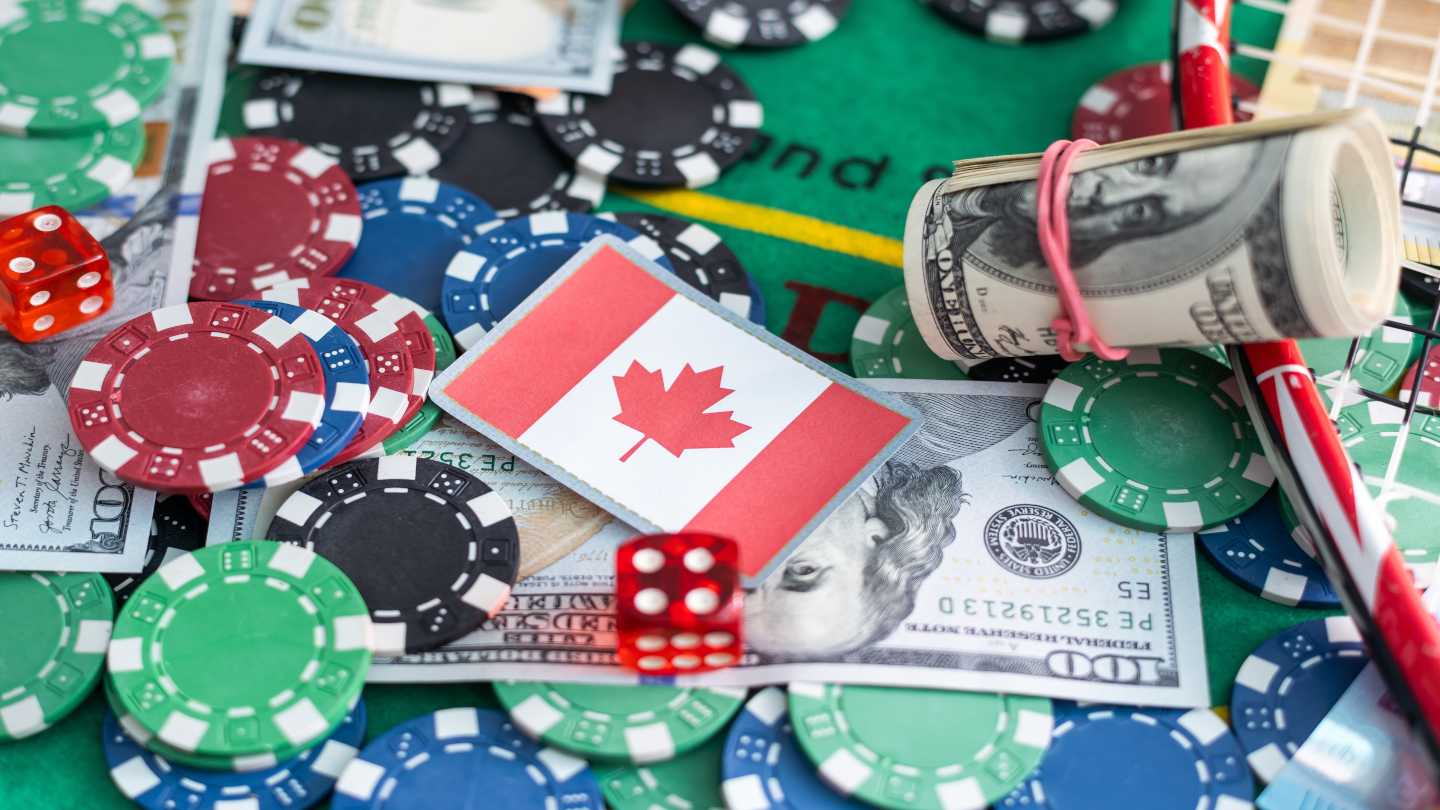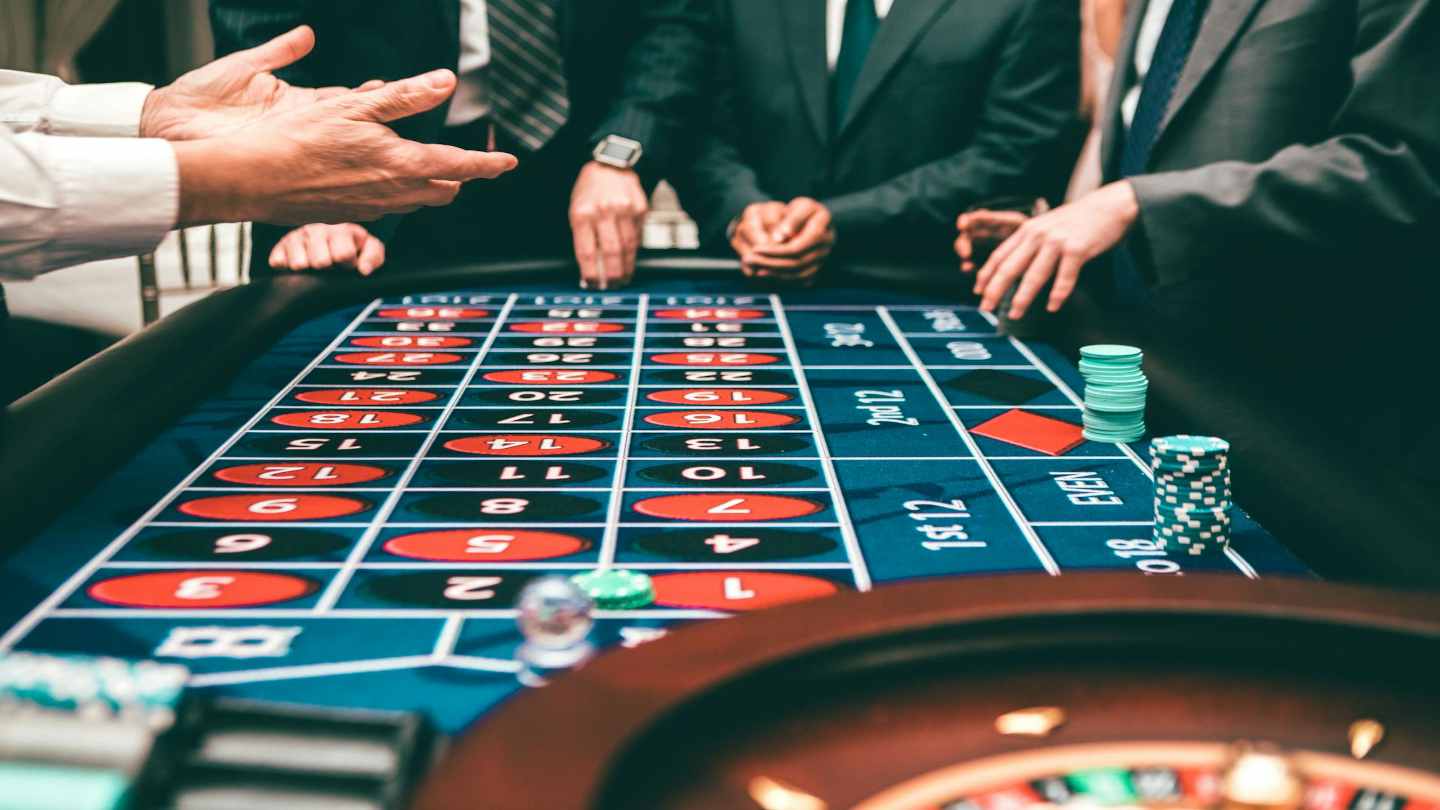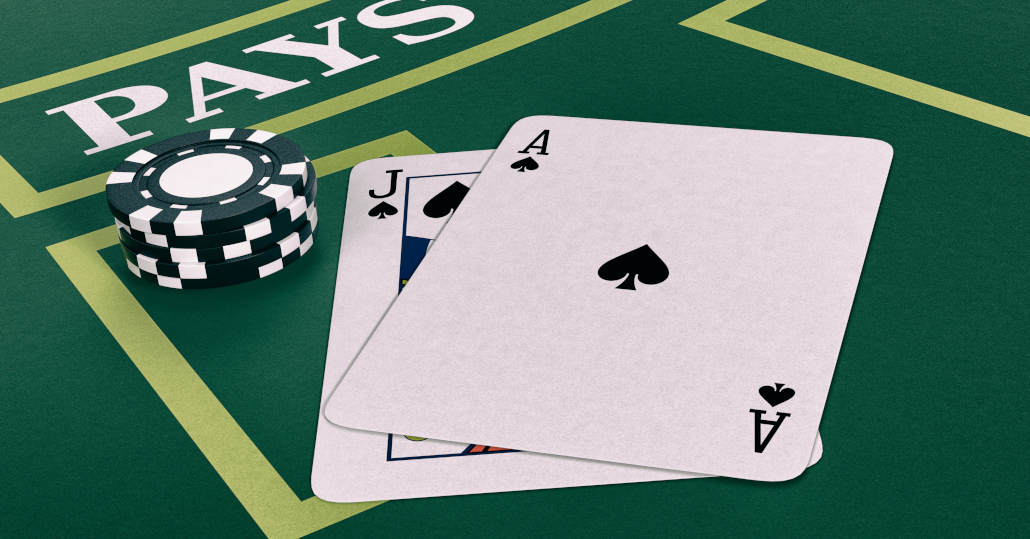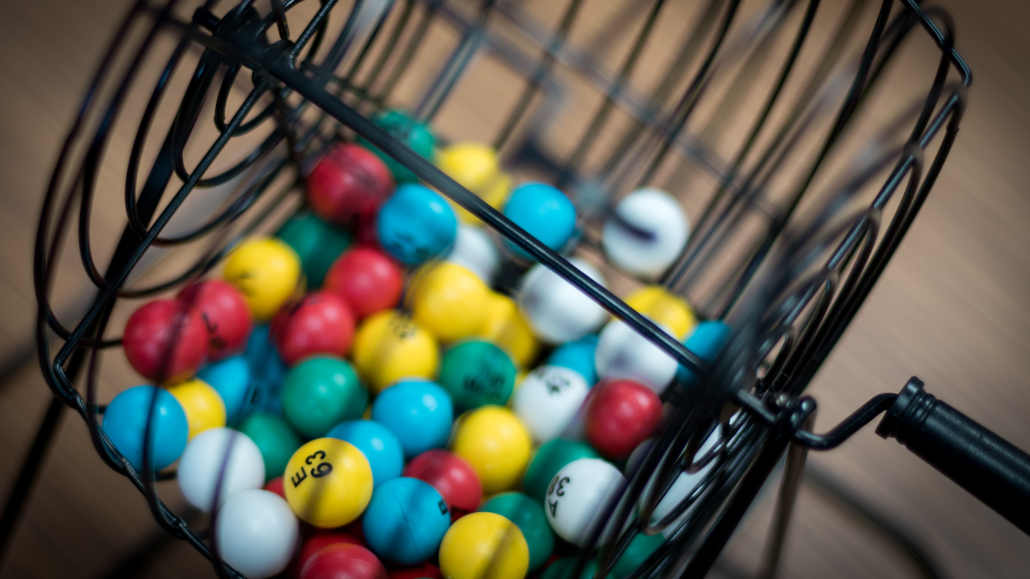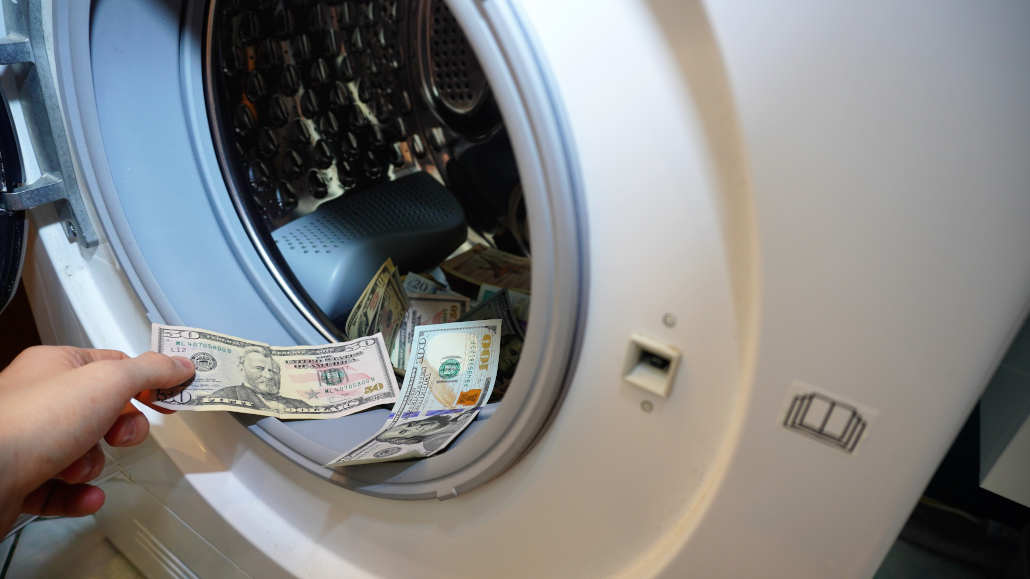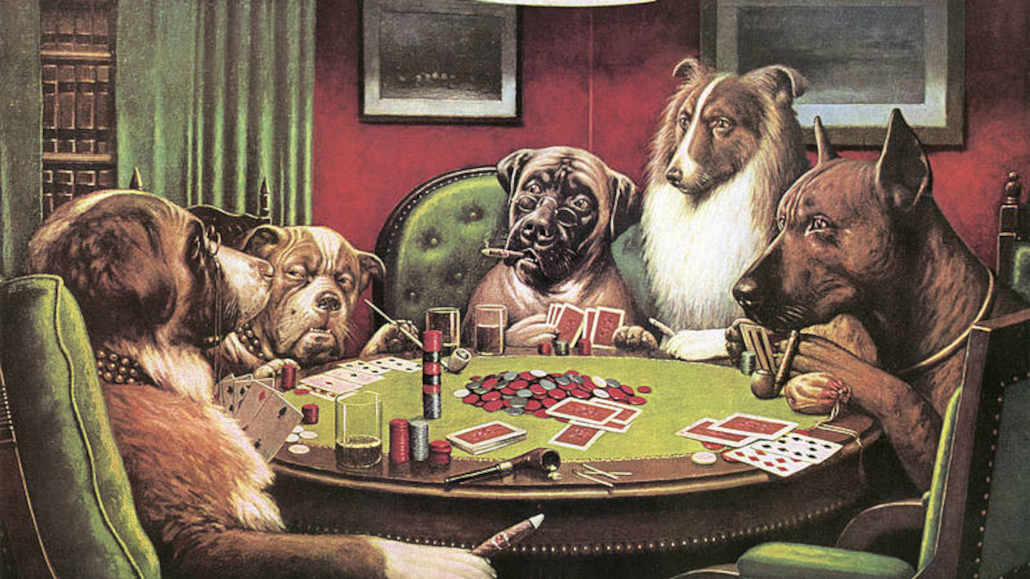Basic Blackjack Strategy – How to Win in This Game
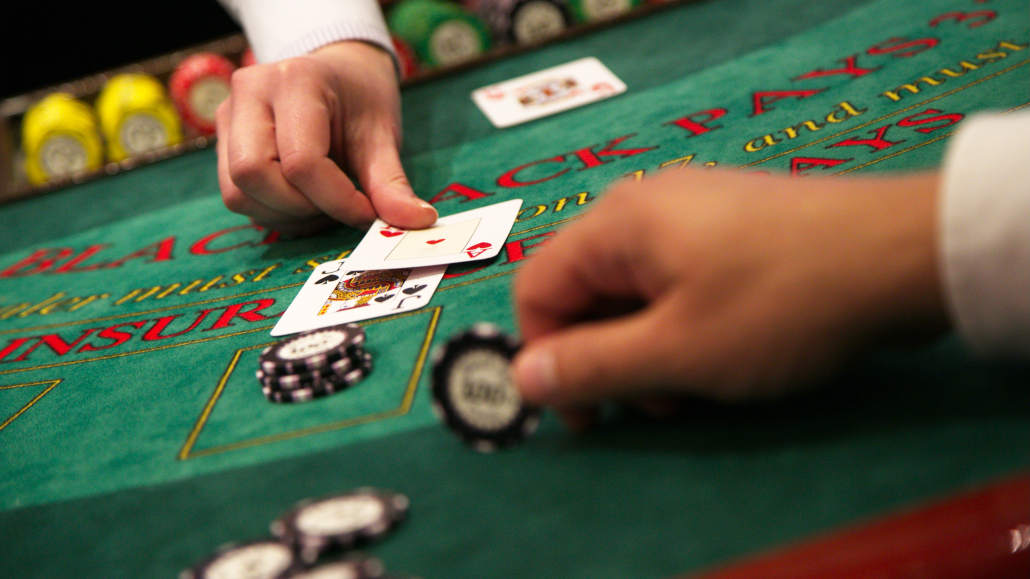
13 minutes
Last Updated: May 13, 2022
Basic Blackjack Strategy – How to Win in This Game
Mastering basic blackjack elements and understanding the strategic aspect of the game will help you become a more successful blackjack player. But, before moving on to any betting systems or more advanced strategies, you should have a firm grasp of how to approach the game.
This includes how everything works, what are your betting options, and which decision is most likely to result in a win.
The basic blackjack strategy is almost universal across all variations. If you learn the initial aspects, you can easily master the alterations that come with different blackjack versions.
To help you master all of the basics of this thrilling game, we’ve disassembled every fundamental aspect of it to make it easier to figure out. Read on to learn everything about the blackjack basic strategy.
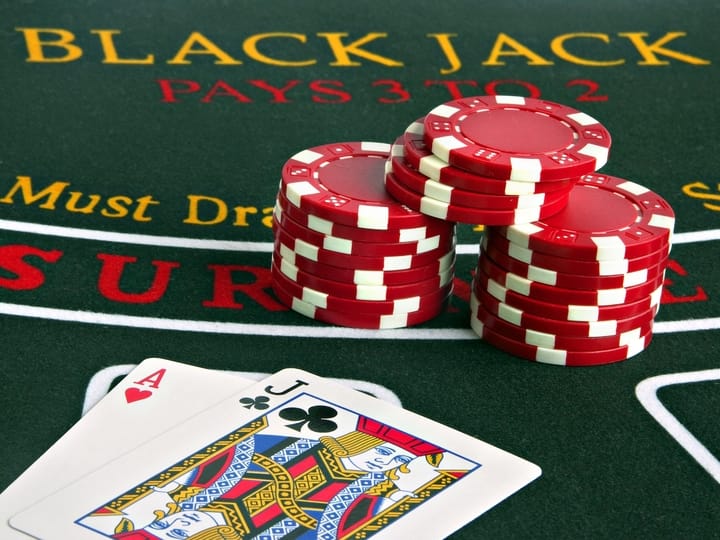
Blackjack Basic Strategy – What Are Your Options?
If you’re an absolute beginner at blackjack, the first thing you need to know is what your options are when playing.
In other words, what can you do when you get the first two cards to shift the winning odds in your favor? Here’s what you need to know when betting at the blackjack table:
- Hitting/Standing – The two basic decisions, either of which you’re certain to make in almost every blackjack hand you play. Hitting involves asking for another card to add to your total. Oppositely to this, standing implies that you’re satisfied with your current hand total and that you don’t want any additional cards until the end of the game.
- Splitting – You can split your hand if you receive a pair, i.e. two equally valued cards. When you split the hand, you effectively play the two cards separately and make individual decisions independently impacting each card.
- Doubling – Doubling down in blackjack can be a very rewarding strategy. It’s best used when your total is ten or eleven points. When you double down your bet, you’re matching your initial bet in value and getting only one extra card in return.
- Surrendering – In some venues, the blackjack dealer will allow you to surrender your hand after receiving the initial two cards. You can only do it before you ask for the third card, so pay attention not to miss out on this possibility if your hand demands a surrender.
These are basic blackjack actions to work with. In the remainder of this blackjack strategy guide, you’ll learn how to make the most out of them.
Blackjack House Edge – What Is It and How Does it Impact Strategy?
With the basic blackjack strategy we’ll talk about on this page, the house edge for the standard blackjack variation is only around 0.5%. This is to say, for every $100 you put in the game, you’ll get back $99.50.
With that in mind, the house edge can change depending on many different factors. The three most significant ones include:
- The number of card decks used.
- The house rules, i.e. whether the dealer hits or stands on a soft 17.
- Whether surrendering is allowed.
These factors can have a pretty significant impact on your bottom line, but as long as you’re playing the perfect strategy, you shouldn’t be losing too much money in the long run.
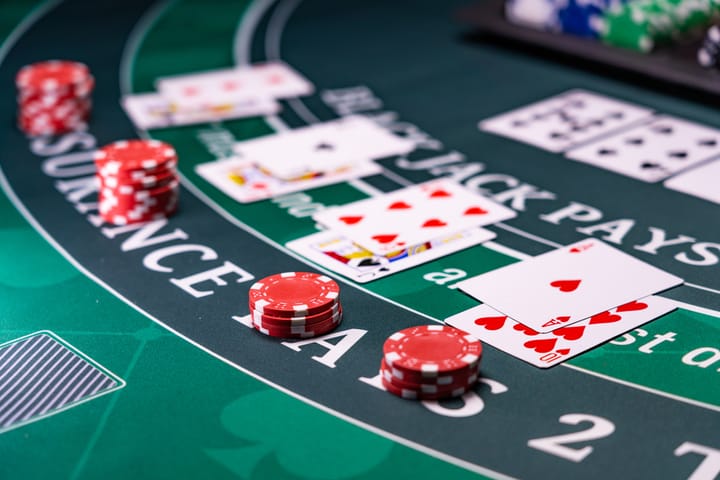
What is a Blackjack Strategy Chart?
In simple terms, a blackjack strategy chart is a piece of paper containing all of the available tactical options depending on the hand the dealer dealt you.
The blackjack chart highlights the best decisions you can make for any given combination and makes your decision-making much simpler and more straightforward.
These charts are entirely legal to use when playing in a casino and are not considered cheating in any form. Moreover, in many casinos, you can buy these charts for around five to ten dollars at the venue itself.
You can find them for even less money online, as downloadable versions go around for only a couple of bucks.
It’s important to make the distinction that a blackjack strategy chart is not a formula that ensures you’ll win if you proceed with the decision it advises. Instead, it serves only to increase your chances of winning.
Even more precisely, it helps you minimize your odds of losing by advising you what decision makes the most sense mathematically. The decision is based on the total value of your hand and the dealer’s total.
Remember, the house always has an edge, and you’re never guaranteed a win, no matter how well you play.
How To Use a Blackjack Chart
If you’ve never used a blackjack strategy card before, navigating your way through the chart can be complicated and challenging.
That said, this shouldn’t put you off of using a blackjack chart when playing your favorite 21-card game. To help you out, we’ll cover everything you need to know about using this extremely helpful tool.
1. Use the Right Blackjack Chart
To properly apply a blackjack chart to your game, you’ll need to know which chart to use first. The two most essential requirements to take note of are:
- The Number of Decks – The number of decks in the game is the most significant aspect influencing which chart you’ll use. You can find blackjack tables numbering anywhere from one to five or more decks.
- The Dealer’s Play – Many casinos have a rule which requires the dealer to stand on all hands valued at 17 or higher and hit on hands valued at 16 or lower. Some casinos require the dealer to take another card if he has a soft 17 hand.
You must consider all of these factors and choose the right blackjack strategy chart before moving on to any of the next steps. This information is often transparently available, but you can always ask the dealer for help if you’re not sure of what the exact blackjack rules are.
2. Find Your Hand on the Chart
When you know which chart you should use, the next step is to determine the row your hand is located on the chart.
The vast majority of blackjack charts are divided into three sections, two of which are on the front and one on the back of the chart.
The face of the chart covers hand combinations for both soft and hard hands that aren’t pairs. The back of the chart features the pairs’ section, where you’ll find every corresponding row for each pair. For example, here’s how strategy chart for a single deck, dealer-hits-on-17 variation looks like:
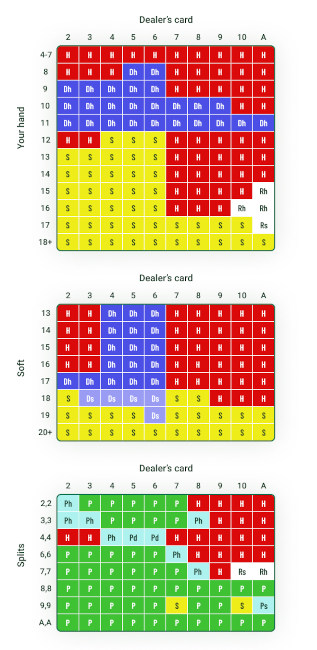
3. Determine the Dealer’s Upcard Column
Once you know your position on the chart, it’s time to find the dealer’s upcard column using the same chart you used to determine your hand’s position.
The dealer’s upcard is easy to find, as all you need to do is find the horizontally-placed number according to the dealer’s face-up card.
4. Pick the Strategy at the Intersection
When you’ve found out both your and the dealer’s position in the chart, all that’s left is to apply the strategy indicated by the field where the two hands intersect.
There are nearly a dozen options displayed in the strategy chart, so let’s go over each of them:
- H – Hit
- S – Stand
- Dh – Double down if you can; if not, then hit
- Ds – Double down if you can; if not, then stand
- Rh – Surrender if the option is allowed; if not, then hit
- Rs – Surrender if the option is allowed; if not, then stand
- Rp – Surrender if the option is allowed; if not, then split
- P – Split
- Ph – Split if double after hit is available; if not, then hit
- Pd – Split if double after hit is available; if not, then double
- Ps – Split if double after hit is available; if not, then stand
Memorizing the Basic Blackjack Strategies
The charts we’ve discussed above cover all of your options, no matter what card combination you have and what the dealer’s face-up card is.
That said, navigating your way through the blackjack chart can be challenging and demanding, and not all blackjack players want to do it hand in and hand out.
Luckily, one alternative approach can help you make smarter decisions when playing the 21-card game. Here are the critical blackjack strategies to memorize:
Playing Soft Hands
A soft hand in blackjack is every hand that includes an Ace as one of the two first cards in your hand.
In that case, the Ace initially counts as 11, providing you with more room for a bad third card. Here’s how to play a soft hand:
- Double on a soft 13 (A2) if the dealer has 5 through 6, otherwise hit.
- Double on a soft 14 (A3) if the dealer has 5 through 6, otherwise hit.
- Double on a soft 15 (A4) if the dealer has 4 through 6, otherwise hit.
- Double on a soft 16 (A5) if the dealer has 4 through 6, otherwise hit.
- Double on a soft 17 (A6) if the dealer has 3 through 6, otherwise hit.
- Double on a soft 18 (A7) if the dealer has 2 through 6, hit if the dealer has 9 through A, otherwise stand.
- Double on a soft 19 (A8) if the dealer has a 6; otherwise, stand.
- Always stand on a soft 20 (A9)
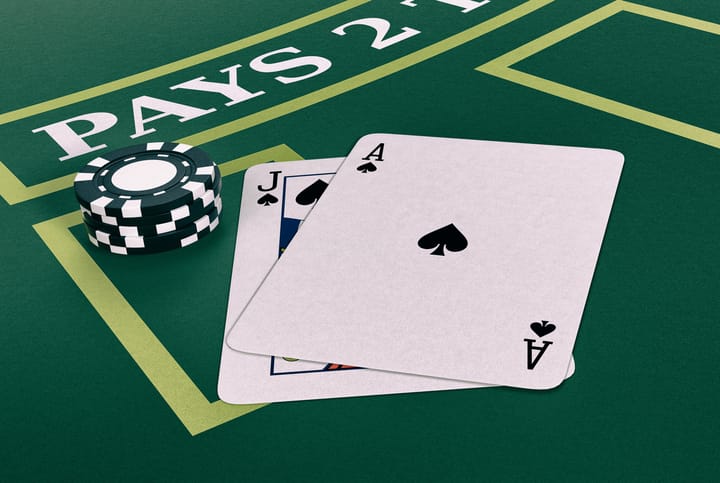
Playing Hard Hands
Oppositely to a soft hand, a hard hand is every hand that doesn’t include an Ace in it, or the Ace can only be counted as 1, leaving you less space for a mistake. Here’s how to play a hard hand:
- Always hit on a hard total of 8.
- Double on a hard total of 9 if the dealer has 3 through 6, otherwise hit.
- Double on a hard total of 10 if the dealer has 2 through 9, otherwise hit.
- Always double on a hard total of 11.
- Stand on a hard total of 12 if the dealer has 4 through 6, otherwise hit.
- Stand on a hard total of 13 if the dealer has 2 through 6, otherwise hit.
- Stand on a hard total of 14 if the dealer has 2 through 6, otherwise hit.
- Stand on a hard total of 15 if the dealer has 2 through 6, otherwise hit.
- Stand on a hard total of 16 if the dealer has 2 through 6, otherwise hit.
- Always stand on a hard total of 17 or higher.
When to Split
There are nine tips to remember in case you get a pair. Let’s take a closer look at each of them:
- Split a pair of 2s or 3s if the dealer has 2 through 7, otherwise hit.
- Split a pair of 4s if the dealer has a 5 or 6, otherwise hit.
- Split a pair of 5s if the dealer has 2 through 9, otherwise hit.
- Split a pair of 6s if the dealer has 2 through 6, otherwise hit.
- Split a pair of 7s if the dealer has 2 through 7, otherwise hit.
- Always split a pair of 8s.
- Split a pair of 9s if the dealer has 2 through 9 (except for 7), otherwise stand.
- Never split a ten-point valued pair.
- Always split aces
When to Surrender
There are only two reasons why you should surrender your initial hand. Apart from these, you shouldn’t surrender, no matter how tempted you feel to do so. The two scenarios for surrendering are:
- You have a total of 15, and the dealer has a face-up card valued at ten.
- You have a total of 16, and the dealer’s face-up card is 9 through A.
As you can see, blackjack may not be as complicated or strategically demanding as poker, for example, but there are still things you should learn before you start playing. Putting in the time and effort will definitely pay off in the long run, though.
Basic Blackjack Strategy Guide – Start Practicing Now!
The blackjack basic strategy we’ve examined on this page provides you with everything you need to know as a beginner or casual blackjack player.
Before you start playing blackjack for real money in a nearby casino or online, be certain that you’ve memorized and understood everything we’ve discussed above.
Keep in mind that you can always transition to other specific charts and that your knowledge doesn’t have to stop when you learn the basic blackjack strategy.
Once you master the basics, you can move to the more advanced aspects. Blackjack offers you a huge learning field, and it’s up to you to determine how in-depth you want to get.
Additionally, play blackjack only when you’re in the mood for it. Make sure to pick the variation that suits you the best and play responsibly.
If you tick all of the boxes, you’ll give yourself the best chances to become a winning blackjack player and maximize your success in the game. It may not be as exciting as what you saw in gambling movies, but becoming good at a game still feels pretty good.





